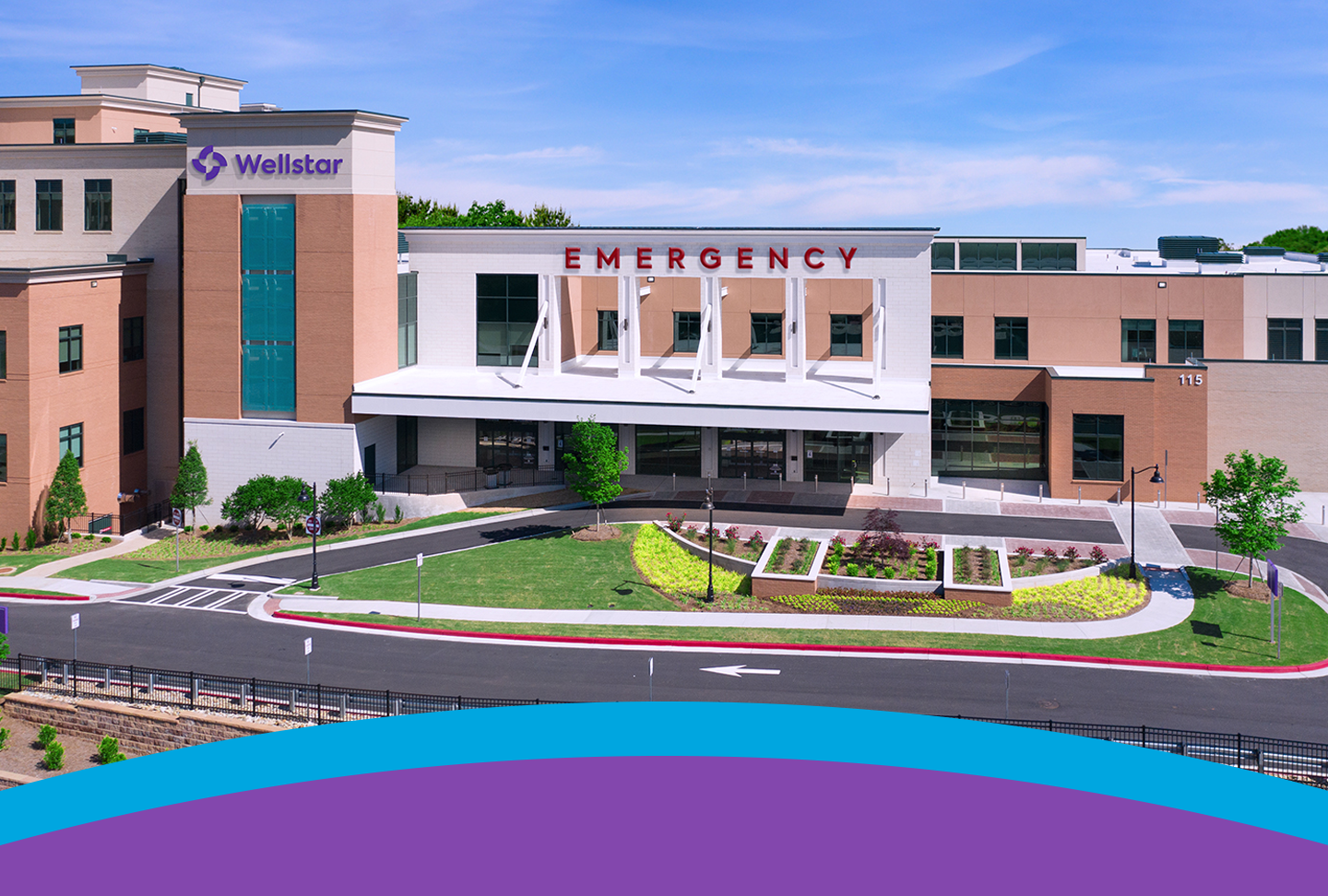Article Category: Newsroom
Wellstar Kennestone Hospital Wins Best in Real Estate Award
Wellstar Kennestone Emergency Department recognized for top deal in Atlanta commercial real estate
Published on April 15, 2021
Last updated 04:53 PM April 15, 2021

Wellstar Health System announces that Wellstar Kennestone Hospital Emergency Department (ED) has won the Best in Real Estate Award for Healthcare Deal of the Year. The awards honor top commercial real estate deals across Atlanta for the year.
The new Wellstar Kennestone Hospital ED in Marietta represents an investment of $126 million and serves the vital healthcare needs of up to 600 patients daily and up to 220,000 patients annually at full capacity.
The new ED opened July 2020 in the middle of the COVID-19 pandemic. Opening the Southeast's largest and busiest ED would be a feat any typical year; Wellstar Health System accomplished this daunting task while navigating the challenging, emotional, and ever-changing COVID-19 pandemic.
Earlier this week, Great Place to Work® and Fortune honored Wellstar Health System as one of the 100 Best Companies to Work For®, Wellstar’s fourth time on this prestigious list of the best companies to work for in the nation. Wellstar is the only Georgia-based healthcare company included in the 2021 ranking; only two other companies headquartered in Georgia were included in this year’s list.



